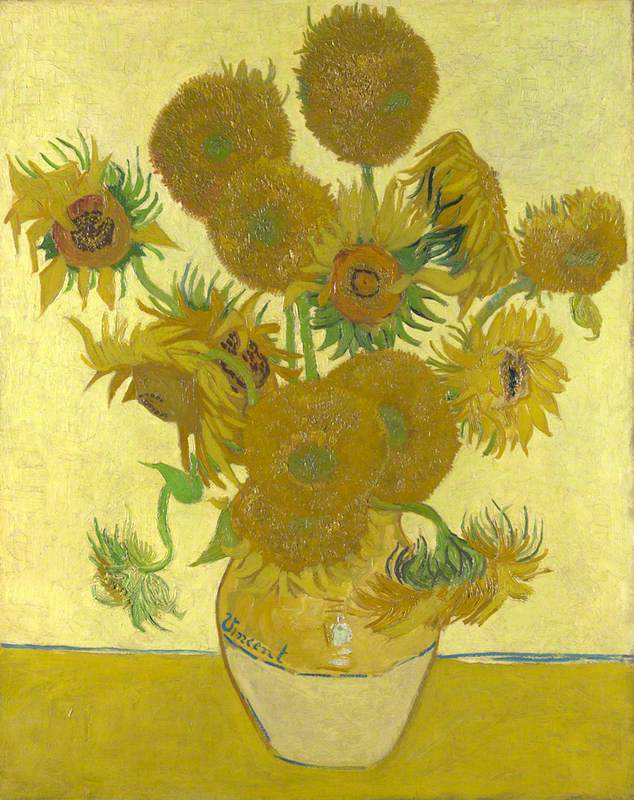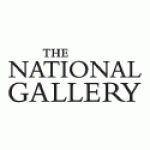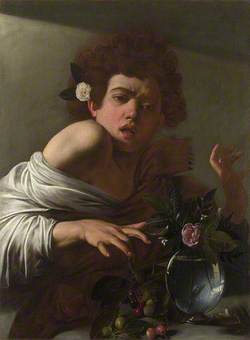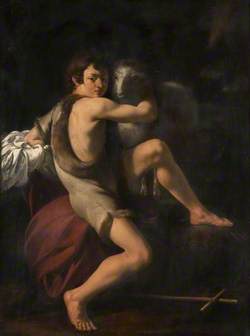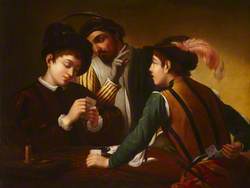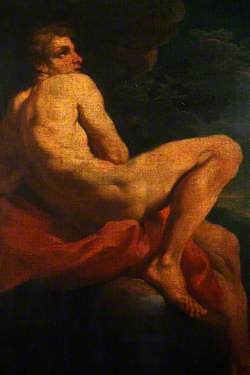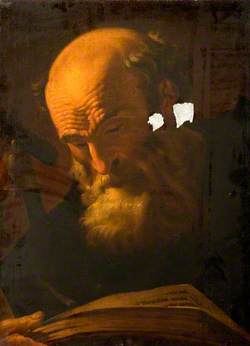How you can use this image
This image can be used for non-commercial research or private study purposes, and other UK exceptions to copyright permitted to users based in the United Kingdom under the Copyright, Designs and Patents Act 1988, as amended and revised. Any other type of use will need to be cleared with the rights holder(s).
Review the copyright credit lines that are located underneath the image, as these indicate who manages the copyright (©) within the artwork, and the photographic rights within the image.
The collection that owns the artwork may have more information on their own website about permitted uses and image licensing options.
Review our guidance pages which explain how you can reuse images, how to credit an image and how to find images in the public domain or with a Creative Commons licence available.
Buy a print or image licence
You can purchase this reproduction
If you have any products in your basket we recommend that you complete your purchase from Art UK before you leave our site to avoid losing your purchases.
Notes
Add or edit a note on this artwork that only you can see. You can find notes again by going to the ‘Notes’ section of your account.
On the third day after the Crucifixion two of Jesus’s disciples were walking to Emmaus when they met the resurrected Christ. They failed to recognise him, but that evening at supper he ‘... took bread, and blessed it, and brake and gave to them. And their eyes were opened, and they knew him; and he vanished out of their sight’ (Luke 24: 30–31). Painted at the height of Caravaggio’s fame, this is among his most impressive domestic religious pictures. He brilliantly captures the dramatic climax of the story, the moment when the disciples suddenly see what has been in front of them all along. Their actions convey their astonishment: one is about to leap out of his chair while the other throws out his arms in a gesture of disbelief.
Typically for Caravaggio, he has shown the disciples as ordinary working men, with bearded, lined faces and ragged clothes, in contrast to the youthful beardless Christ, who seems to have come from a different world.
Title
The Supper at Emmaus
Date
1601
Medium
Oil and tempera on canvas
Measurements
H 141 x W 196.2 cm
Accession number
NG172
Acquisition method
Presented by the Hon. George Vernon, 1839
Work type
Painting
The National Gallery, London
Trafalgar Square, London, Greater London WC2N 5DN England
Stories
-
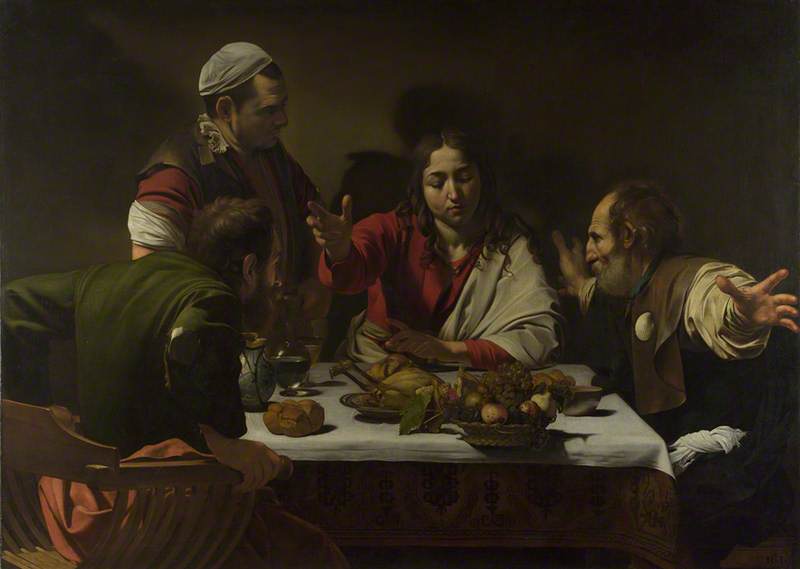 Caravaggio: fury, food and fine art
Caravaggio: fury, food and fine artGillian Riley
-
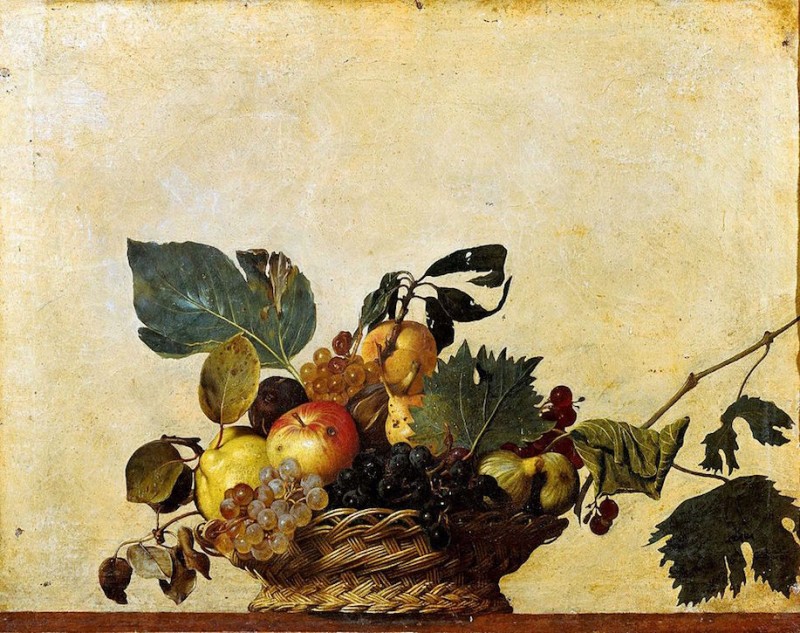 Art Matters podcast: art good enough to eat
Art Matters podcast: art good enough to eatFerren Gipson
-
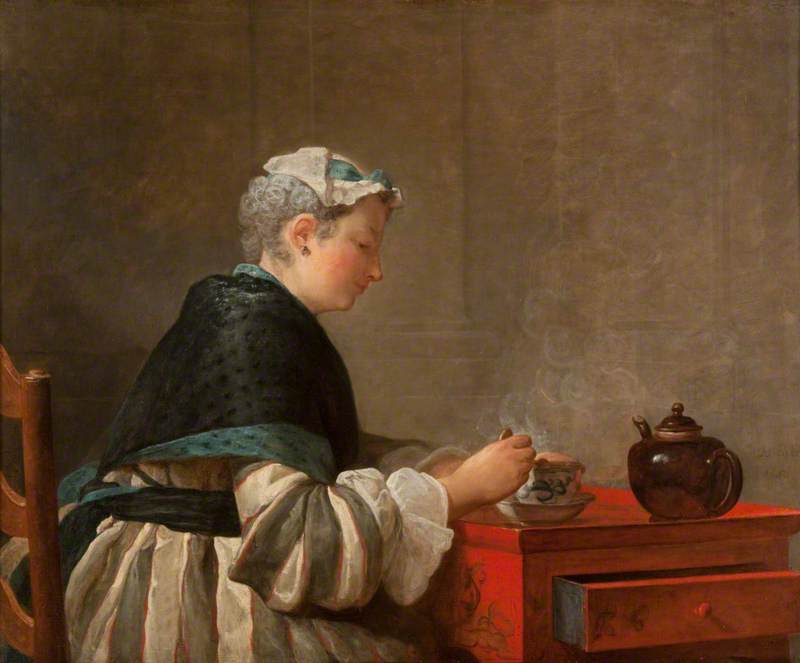 Open Arts Objects films on Art UK
Open Arts Objects films on Art UKLeah Clark
-
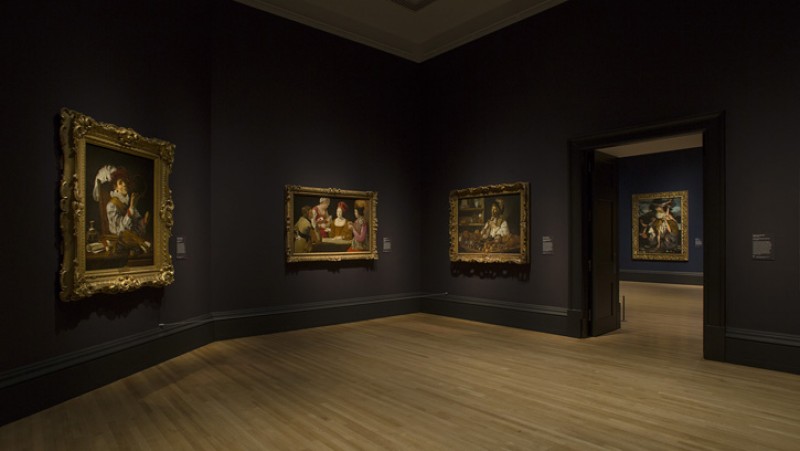 'Beyond Caravaggio' at The National Gallery
'Beyond Caravaggio' at The National GalleryFrancesca Whitlum-Cooper
-
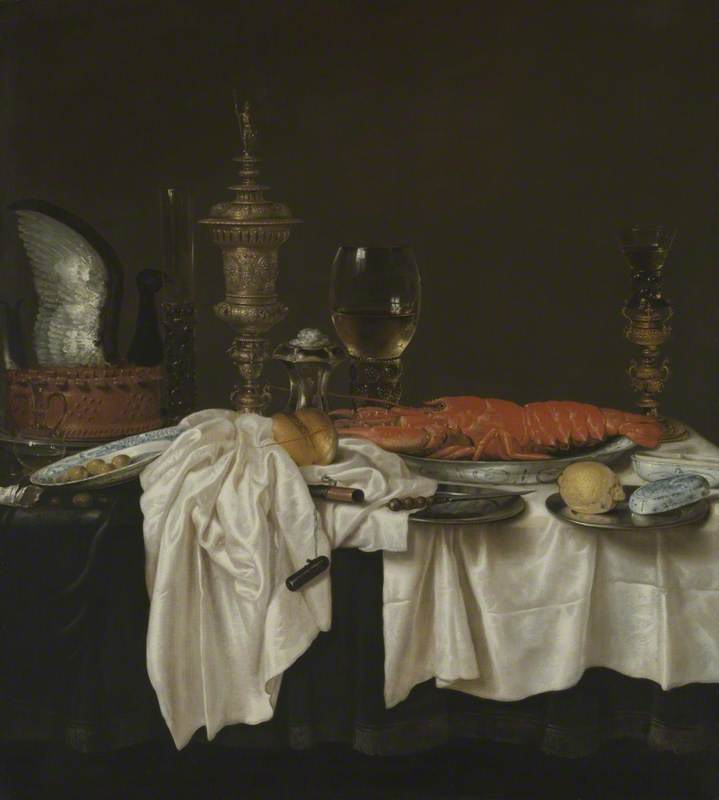 Food and feasting in European art history
Food and feasting in European art historyLydia Figes
-
